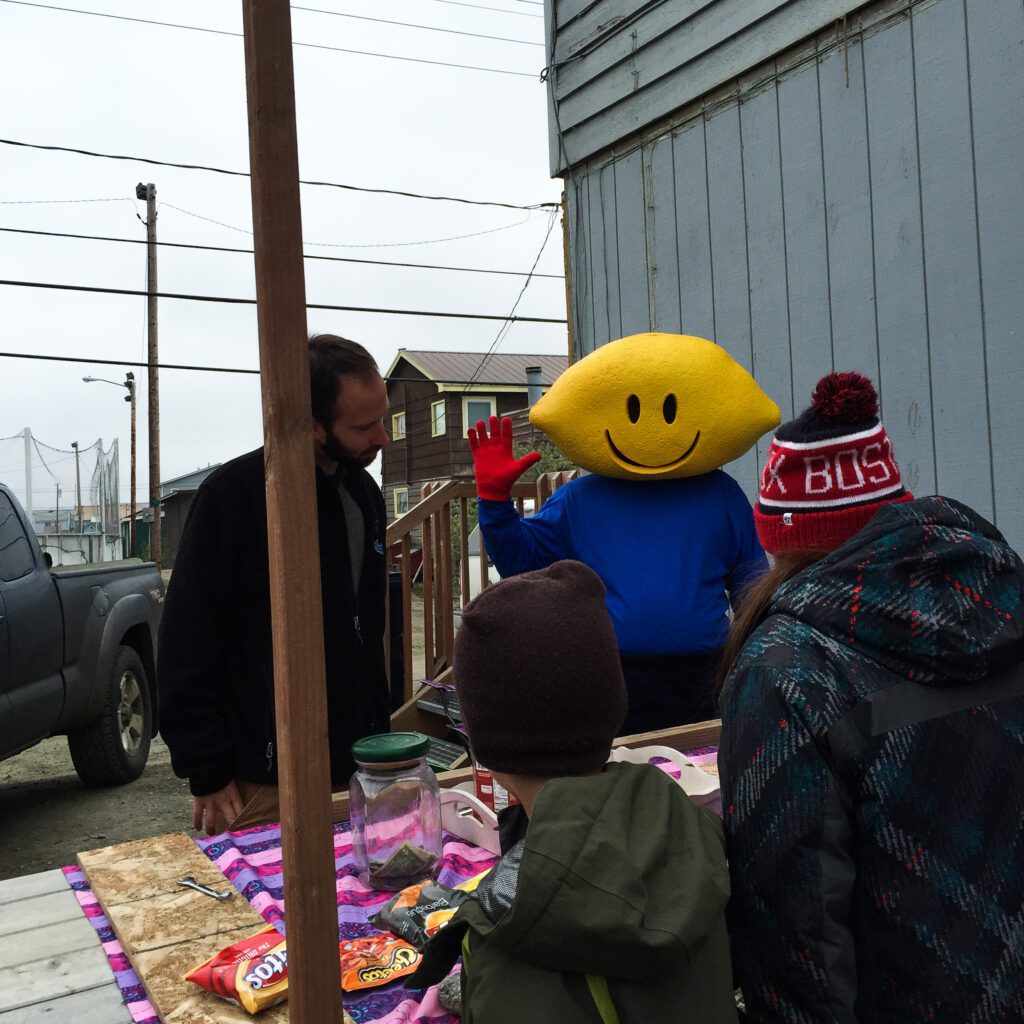Following a significant earthquake and tsunami scare in other parts of the State last month, a representative from Alaska’s Division of Homeland Security and Emergency Management (DHSEM) traveled to Nome to discuss emergency preparedness. Now regional and local entities are examining their own preparedness outside of the State’s planning efforts.
Thomas Riley works in the planning division for DHSEM. Riley recently visited Nome for three days and spoke with organizations like Kawerak and the local emergency planning committee (LEPC) about specific emergencies that may arise in the region.
Although earthquakes were not on the list, Riley says the department’s data, gathered over the past 12 years, pointed to three specific emergency situations that are relevant to Western Alaska.
“What we’ve come up with, in emergencies that we can affect and actually help prevent is: fuel shortages, water, and water/wastewater. Those are the main three areas that we as the State came up with, things that we can affect change in. The sensing meeting, we had yesterday (Jan. 24/25), there was quite a few other subjects that came up that the data didn’t show.”
Anahma Shannon, Environmental Coordinator with Kawerak, says when she and other community members met with Riley, they had their own concerns about different types of emergencies.
“The State wasn’t very focused on any kind of ocean going like vessel traffic, or anything like that. And I think one of the things they realized is that people kept bringing up oil spill response, increased vessel traffic, oiled wildlife, what’s going to happen if something major happens out there in our waters, and for some reason the State can’t respond for a few days? Who’s going to be the first responders, and how can we be prepared for that type of disaster?”
Efforts are already underway to address emergency preparedness using smaller local teams in each community throughout the Bering Straits region. For example, Shannon says Kawerak has just hired a new emergency planning specialist, Charlene Saclamana, to work with each community to develop their own preparedness.
“So one of the main things that we are going to be getting off the ground, is to help the communities develop their Small Community Emergency Response Plans; we call it SCERP for short. And those SCERPs are the first step to identifying your incident commander, in the incident command system. It’s the first step in being able to apply for certain funding streams when there is a disaster.”
According to Shannon, right now only one community in the region has a SCERP in place. In addition to Saclamana’s work to update SCERPs, Shannon mentions specific actions that will empower local and regional emergency preparedness in the near future, such as incident command system (ICS) trainings.
“I mean, the State one (workshop) is just a one-time event, they may come back in a few years, but they’re not going to be here every year, so in the meantime, I see that there are other events going on. There’s an upcoming oiled marine wildlife workshop going to be happening at the campus here pretty soon. There’s a lot of different preparedness efforts that are going on in our region.”
The State will hold two conferences per year, because that is what the DHSEM planning division is funded for, according to Riley, and Kotzebue just hosted one of them in the recent months. Riley points out that in the past the State division brought everyone to Anchorage for these resiliency workshops, but now they are trying to localize more events.
“The State is bringing in, paying travel, to bring two people from each community to Nome for a three-day workshop focusing on building collaboration and communication within the communities, so that communities that are right next to each other can collaborate in the same space. And also talk stories about what’s happened to them, what they did that worked, maybe what didn’t work.”
June 13th-15th is when Riley and the DHSEM team will be back in Nome for the Bering Straits Region workshop. And in true Western Alaska fashion, Riley says there could also be a potlatch during the event.
Image at top: file photo courtesy of Sakhalin Watch.







